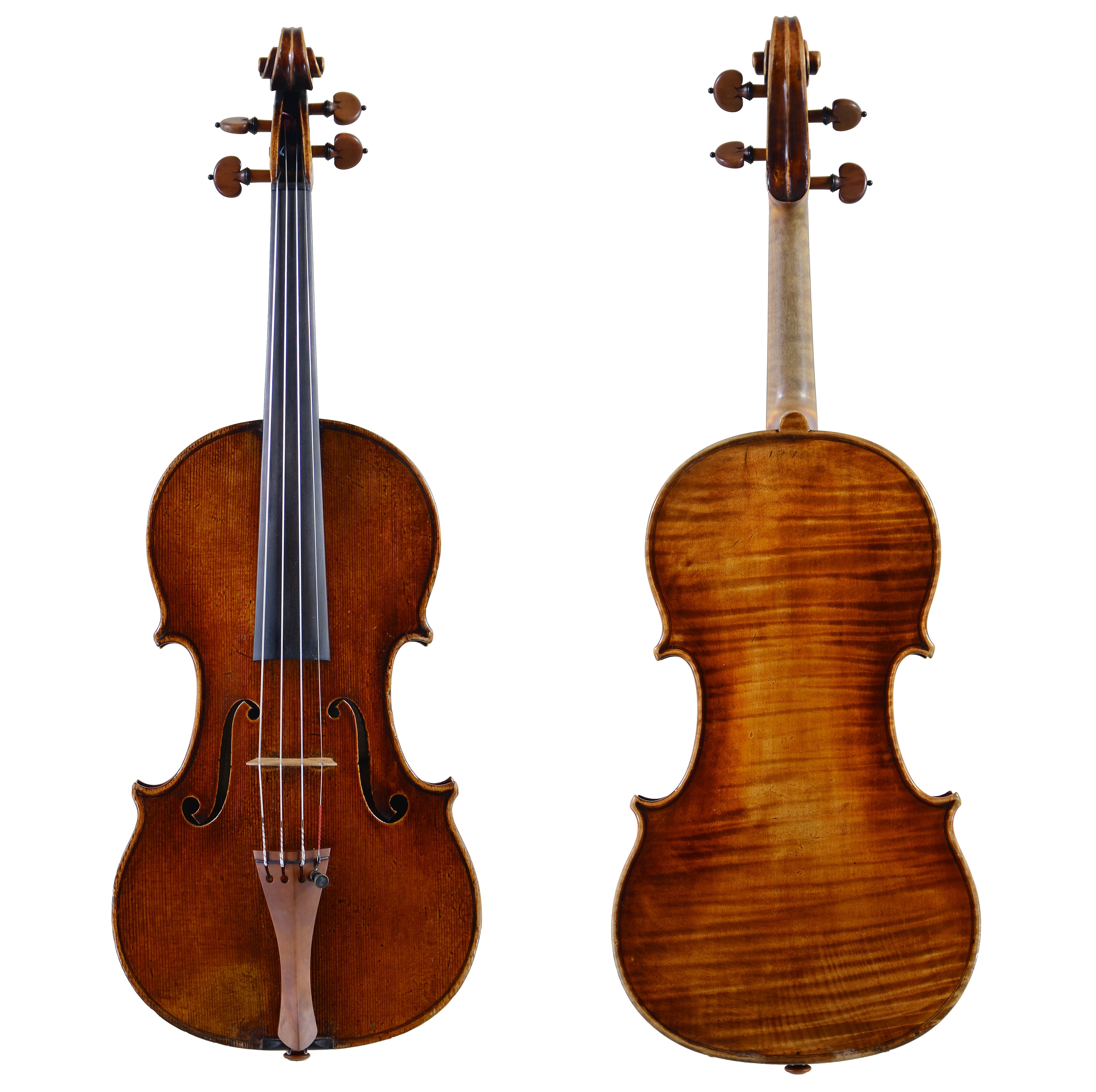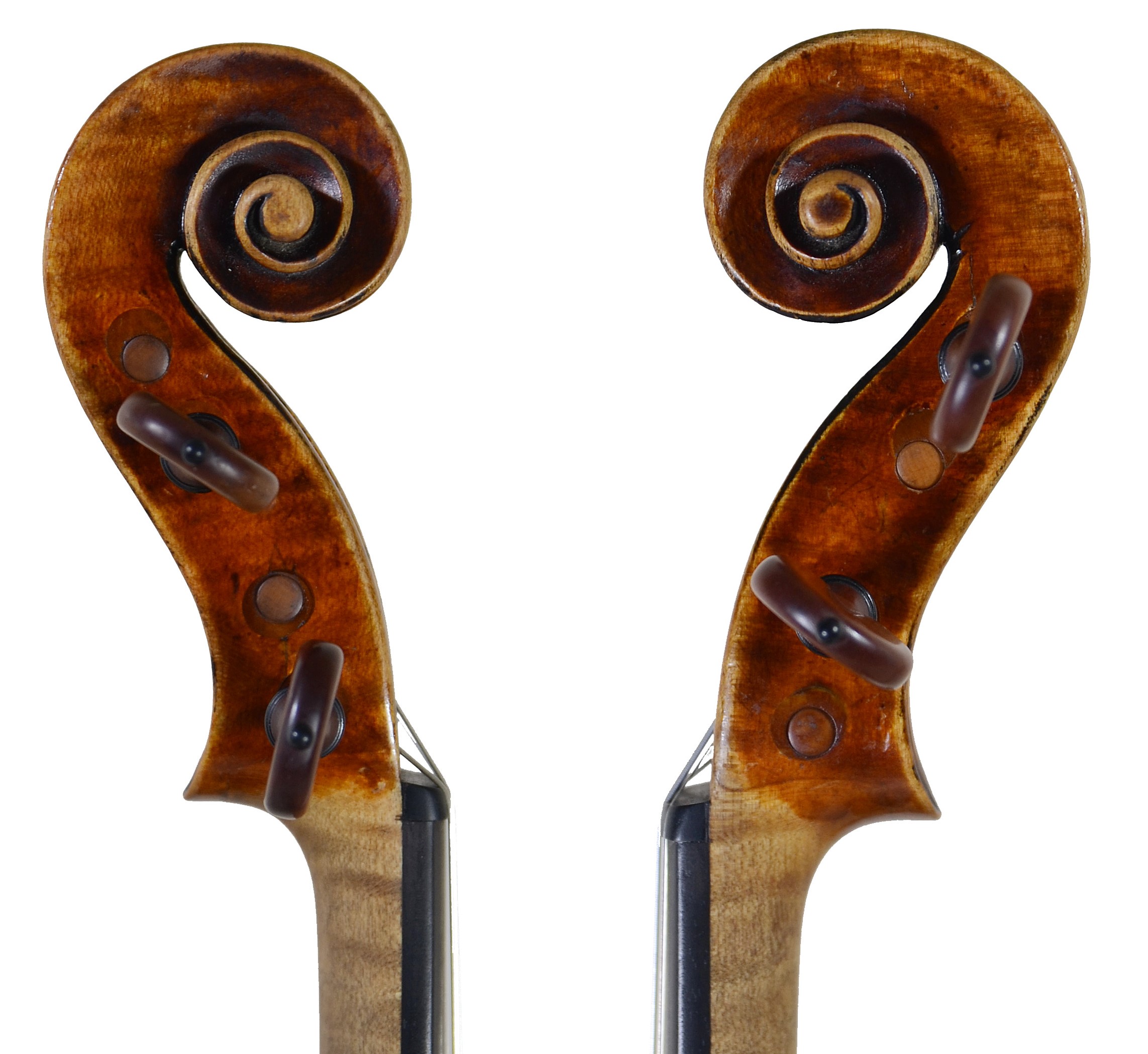â æ¥æã»ææå®ä¼
Closed on Sundays & Mondays
10:30ï½18:30
112-0002 æ±äº¬é½æ京åºå°ç³å·2-2-13 1F
1F 2-2-13 Koishikawa, Bunkyo-ku,
Tokyo 112-0002 JAPAN
å¾æ¥½åé§
丸ã®å
ç·ã4båºå£ã ååç·ã8çªåºå£ã
KORAKUEN Station (M22, N11)
æ¥æ¥é§
ä¸ç°ç·ã»å¤§æ±æ¸ç·ã6çªåºå£ã
KASUGA Station (E07)
- 03-5803-6969+81 3 5803 6969
- 03-5803-6969+81 3 5803 6969
- ãåãåãããã©ã¼ã Inquiry Form ãåãåãããã©ã¼ã Inquiry Form ãåãåãããã©ã¼ã Inquiry Form
- æ¯æ¿ãäºç´ï¼PC & æºå¸¯ããï¼Reservation for Rehairing

Dictionary of Makers
- All
- Violin Maker
- Lupot, Nicolas
Nicolas Lupot
Violin Makerã
1758-1824
OrleansParisFrance
Violin maker
(1758 – 1824)
Among the great French violin makers, Nicolas Lupot deserves special recognition for his talents. Known as the French Stradivari, Lupot trained with his father François in Orléans before moving to Paris in around 1796 and set up his business near the shop of François Pique on the rue de Gramont. In 1806 he relocated his shop to the rue Croix des Petits Champs, where he remained for the rest of his career.
Lupot is known as the French Stradivari not simply as a way of acknowledging his superior finesse and skill as a maker, but also to convey the marked stylistic commonalities between their works. The influence of Stradivari can be seen early on in Lupot's instruments, but once Lupot moved to Paris he had ample opportunities to study and imitate the Cremonese master's great works, and found an eager audience for them. His excellent interpretation of Stradivari no doubt fanned the flames of interest in Cremonese models that persisted through the 19th century in France. In 1813 he was appointed violin maker to the imperial chapel of Napoleon, which in 1815 became the royal chapel with the restoration of the French monarchy.
Two of Lupots most important students are August Sébastien Philippe Bernardel, and Charles François Gand, who married Lupot's adopted daughter and inherited his workshop. Jean Baptiste Vuillaume also followed in Lupot's footsteps and copied his models, especially early in his career




